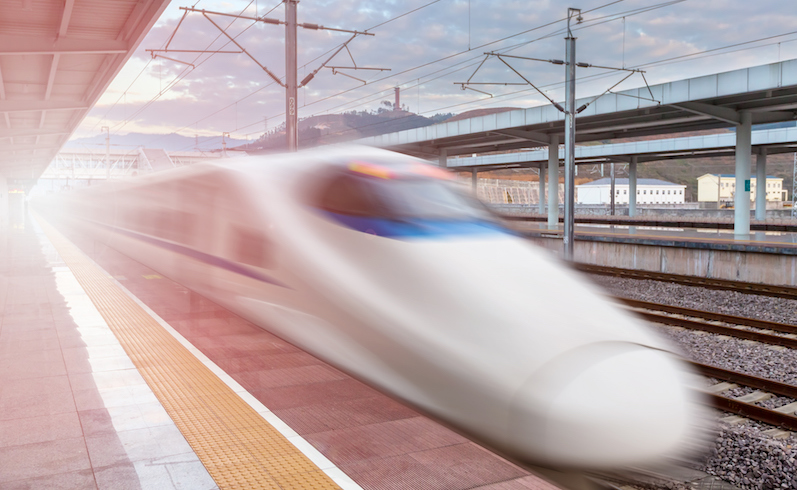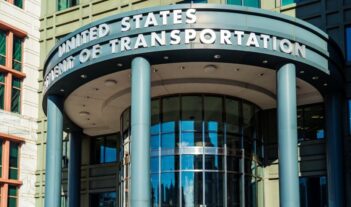
A final rule published by the Federal Railroad Administration sets new standards for high-speed trains.
Major changes may be coming for Americans who travel by train.
The Federal Railroad Administration (FRA) issued a final rule late last year updating passenger train safety standards. In particular, this rule establishes new standards for trains capable of traveling up to 220 miles per hour.
FRA’s previous rule divided passenger trains into two tiers based on operating speed. Tier I covered trains operating at up to 125 miles per hour and Tier II covered those operating at up to 150 miles per hour.
The new rule raises the speed limit for Tier II to 160 miles per hour and establishes a Tier III classification for new trains operating up to 220 miles per hour. Trains that travel above 125 miles per hour must operate on a designated grade separated track.
The rule also departs from prior regulations governing train equipment. FRA previously used design-based regulations, but it acknowledged that this approach “limited the application” of novel design elements and technological improvements. The new rule instead uses performance-based standards for Tier I trains, giving railroads greater flexibility in their choice of new rolling stock without imposing new costs on existing equipment.
Although rail operators may have to invest in maintenance facilities to service new train sets, FRA noted that, in the long run, the benefits from increased safety and efficiency will outweigh the costs. FRA calculated a total regulatory cost between $511.2 million and $1.2 billion over 30 years, but estimates a total cost savings between $1.1 billion and $2.4 billion over the same time period. Due to these cost savings, FRA considered the rule a deregulatory action under Executive Order 13,771.
The United States faces challenges to building high-speed rail lines. Obtaining right-of-way for new lines is a costly and time consuming process. The rule addresses this challenge by allowing Tier III trains to operate on shared rights-of-way infrastructure at speeds below 125 miles per hour. This allowance will permit high-speed trains to use existing rail lines in densely populated areas, where construction of new lines is “significantly more expensive and complex.”
The difficulty of building new rail lines is one of the reasons why the United States historically has been slow to adopt high-speed trains compared with other countries that have developed extensive high-speed networks.
Japan started operating the first high-speed passenger rail network 55 years ago: the Shinkansen, or “Bullet Train.” In recent years, European countries have expanded their high-speed services, and China has built the largest high-speed rail network in the world.
By comparison, the United States’ network is modest. In recent years Amtrak has focused on upgrading existing rail lines because of the complexities associated with building lines dedicated to high-speed trains. Although Amtrak’s premium Acela Express service has a top speed of 150 miles per hour, it only operates at that speed on short stretches of track in New England. In contrast, the Shinkansen achieves a top speed of about 200 miles per hour across large stretches of Japan.
Although Amtrak has almost exclusively operated intercity passenger service since its foundation, private entities in recent years have entered the field. In 2018, Brightline began operating a rail service between West Palm Beach and Miami, Florida, with plans to expand to Orlando. In Texas, FRA has initiated an environmental review of a dedicated high-speed line that would run between Dallas and Houston. Construction is also underway in California on a high-speed route between San Francisco and Los Angeles.
FRA suggests that its new rule provides greater flexibility to rail operators. It observes that under the new rule’s performance-based approach, trains built with new technology could be used for commuter service even though they would not be operating at high speeds. Although the prior “regulatory paradigm” prevented this use, FRA states that under the new rule, the trains should now be able to “meet the new safety requirements.” Furthermore, the use of more advanced trains allows commuter rail operators “to justify their infrastructure or equipment investment,” hopefully leading to smoother rides and fewer delays.



